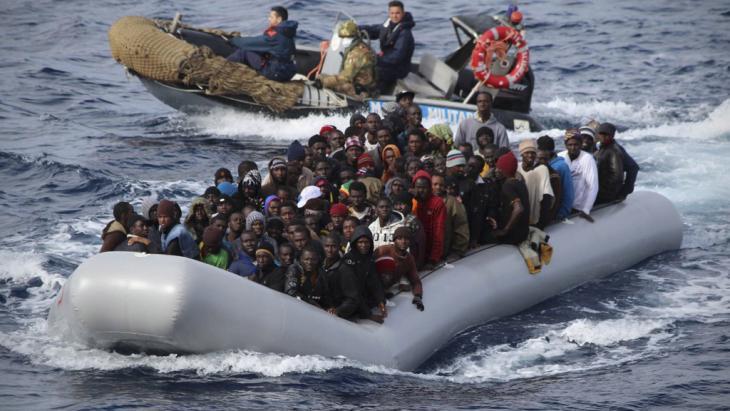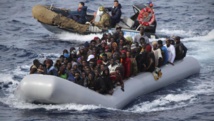The risks were higher for migrants taking the central Mediterranean route.
Adolescents and youths who travelled alone or had lower levels of education were also more vulnerable to human trafficking and exploitation, the report found.
However, place of origin outweighed all other factors with young migrants coming from countries in sub-Saharan Africa facing the highest risks.
Those from sub-Saharan Africa taking the eastern Mediterranean route were four times more likely to be exploited than other migrants.
The report noted that racism might be the underlying factor for the increased risk for these youth.
The dangers faced by migrant youth can include sexual exploitation, violence, forced labour or child marriage.
A report released simultaneously by the UN Refugee Agency also noted that 3.5 million refugee children between the ages of 5 and 17 were out of school during the last academic year.
The report found that only 61 per cent of refugee children attend primary school and 23 per cent of refugee adolescents are enrolled in secondary school, which are significantly lower levels than school attendance worldwide.
-------------------------------------------------------------------------------------------------------------------------
Adolescents and youths who travelled alone or had lower levels of education were also more vulnerable to human trafficking and exploitation, the report found.
However, place of origin outweighed all other factors with young migrants coming from countries in sub-Saharan Africa facing the highest risks.
Those from sub-Saharan Africa taking the eastern Mediterranean route were four times more likely to be exploited than other migrants.
The report noted that racism might be the underlying factor for the increased risk for these youth.
The dangers faced by migrant youth can include sexual exploitation, violence, forced labour or child marriage.
A report released simultaneously by the UN Refugee Agency also noted that 3.5 million refugee children between the ages of 5 and 17 were out of school during the last academic year.
The report found that only 61 per cent of refugee children attend primary school and 23 per cent of refugee adolescents are enrolled in secondary school, which are significantly lower levels than school attendance worldwide.
-------------------------------------------------------------------------------------------------------------------------









 Home
Home Politics
Politics











